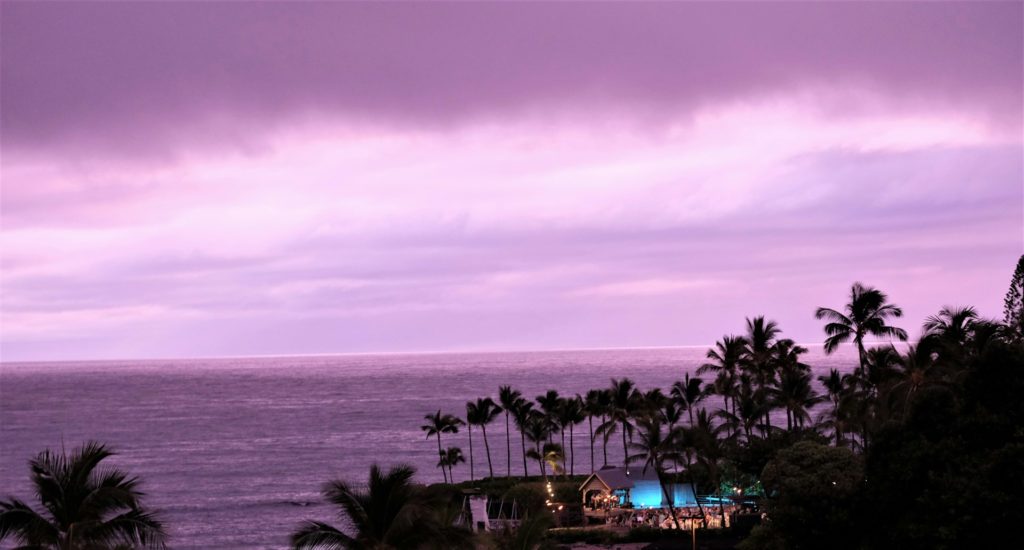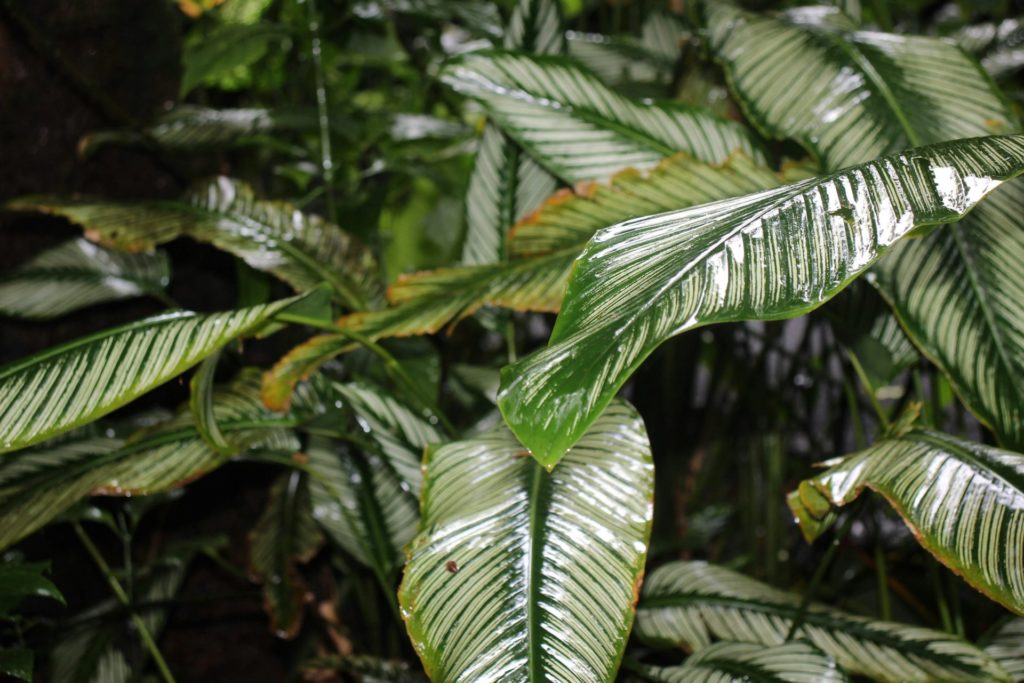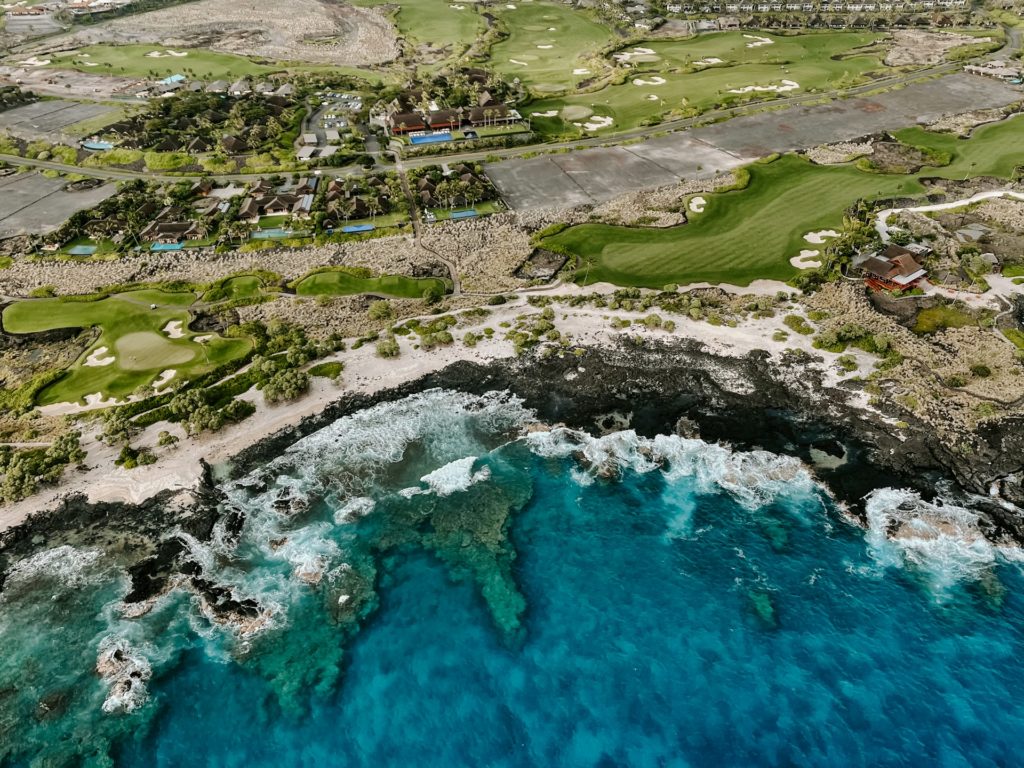Deciding on the best time to visit Hawaii, especially the Kona coast, hinges on several factors, including warm weather, hotel prices, and island weather patterns. The warm temperatures and best weather in Kona are typically from April through October, when rain falls less frequently, and the days are sunny and bright. Hawaii travel during this period offers a perfect blend of outdoor activities and relaxation by the ocean.
Visiting Hawaii outside of peak seasons can mean more affordable car rentals and quieter beaches. Kona’s unique visitor guides often highlight the Ironman competition in October and the coffee festival in November as prime event-filled trip dates. Whether it’s Easter Sunday brunch or a film festival under the stars, families can enjoy a diverse array of cultural experiences while relishing the warm and inviting Kona coast.
Understanding Kona’s Climate and Weather Patterns
Hawaii weather is generally warm and tropical, but the summit of Mauna Kea can be downright frigid, contrasting sharply with the balmy resort areas along the coast.
Average Temperature and Precipitation in Kona
The Kohala Coast, just north of Kona, is celebrated for its pleasant temperatures, which hover around 70 to 85 degrees Fahrenheit throughout the year. Kona itself enjoys similar conditions, with coastal areas bathed in warmth and sunshine.
While the island can experience occasional rain, the weather and climate in Kona are conducive to outdoor adventures year-round, with the western side of the island being particularly dry and sunny.
Hurricane Season and How It Affects Travel
The Hawaii hurricane season runs from June through November, but tropical storms are historically rare in Kona. Traveling to Hawaii during this time can still be a fantastic experience, as storm warnings are infrequent and the island is well-prepared for any weather events.
Still, it’s wise to stay informed about the weather when planning a trip during hurricane season in Hawaii, as it could affect travel plans. However, the likelihood of a hurricane impacting Kona directly is quite low.

Kona’s Peak Seasons in Kona
For those planning to visit, it’s crucial to plan and book well in advance, especially during peak travel times.
High Season in Kona: What to Expect
Visitors looking to escape the winter flock to Kona between December and March, while summer crowds peak from June to August. During these times, expect vibrant beaches, a bustling atmosphere, and a myriad of outdoor activities.
However, the increased demand for accommodations and activities also means that costs associated with rental vehicles and other travel necessities can rise, so budgeting for these expenses is essential.
Off-Peak Times to Visit for Fewer Crowds
The best time to visit Hawaii for those who prefer fewer crowds is typically mid-April to early June and September to mid-December. Visitor arrivals during these months are lower, allowing for a more relaxed atmosphere and often better deals on accommodations and activities.
It’s an opportune time to explore Kona’s attractions without the hustle and bustle, lending a more authentic and serene Hawaiian experience.
Monthly Breakdown: Kona’s Weather and Attractions
Understanding Hawaii weather is key to enjoying the island’s offerings, with most months showcasing warm and tropical conditions, apart from the summit of Mauna Kea and higher elevations, which can be downright frigid.
Kona in January: A New Year in Paradise
January in Kona is a welcoming time for those seeking respite from cold climates. The island’s weather is pleasantly warm, perfect for beach activities and New Year festivities.
Basking in Kona’s Sun: February Weather
February maintains the warm embrace of the Hawaiian sun, with clear skies and gentle breezes. Given that the Hawaiian Islands are located closer to the equator, Hawaii’s weather this month is ideal for outdoor exploration and beach lounging.
March in Kona: Spring Beginnings
March ushers in spring, and with it, visitors flock to Kona for the giant waves that experienced surfers crave. This month is also rich in Hawaiian culture, with hula performances signaling the start of the festive season.
April Showers: Kona’s Transition into Summer
April’s occasional showers signal the transition into summer, making it one of the best times to visit the Big Island of Hawaii. The island bursts into bloom and the weather invites all to revel in the natural beauty.
May in Kona: Pre-Summer Serenity
May in Kona offers a tranquil prelude to summer, with fewer tourists and a relaxed vibe. It’s an excellent time for families to enjoy the island’s offerings at a leisurely pace.
June Joy: Summertime Vibes in Kona
June brings summertime vibes to Kona, with schools out and families arriving to soak up the sun. This month is one of the best times to visit the Big Island of Hawaii for those looking to indulge in the full summer experience.
July in Kona: Summer’s Peak
July is the peak of summer in Kona, where the island becomes a hub of activity and sunshine. It’s an ideal time to visit the Big Island of Hawaii for those who love a lively atmosphere and plenty of sun.
August Adventures: Soaking up Kona’s Sun
August in Kona is a sun-soaked wonderland, perfect for beach enthusiasts and sun-worshipers alike. With the Pacific Ocean’s warm embrace, visitors can enjoy water activities to the fullest. From snorkeling among vibrant coral reefs to embarking on sunset cruises, the opportunities for adventure are endless. This month is an ideal time to visit the big island of Hawaii, with its lush landscapes and bustling farmers’ markets showcasing the island’s bounty. While the sun reigns supreme, it’s wise to book accommodations in advance, as this popular time sees an influx of travelers to the best places to visit in Kona.
September in Kona: Easing Into Autumn
As September arrives, Kona begins to ease into autumn with a gentle shift in weather. The sweltering heat starts to subside, offering a more comfortable climate for exploring the great outdoors. This month still promises plenty of sunshine, making it a pleasant time to visit the big island of Hawaii. You’ll find fewer crowds at popular attractions, giving you more space to enjoy the island’s natural beauty. Whether strolling through historic Kailua Village or sipping Kona coffee on a cool morning, September serves as a serene time for travelers seeking a quieter Hawaiian getaway.
October in Kona: Fall’s Warm Embrace
October in Kona is marked by a warm, tropical embrace as the island transitions into fall. This period offers a balance between the end of summer’s heat and the approach of the cooler months, making it a delightful time to explore the island’s diverse landscapes. The ocean remains inviting for swimmers and surfers, while the island’s flora begins to showcase autumnal hues. Visitors can experience a variety of cultural events and festivals that celebrate the rich heritage of Hawaii, adding a unique flavor to their October adventures.
November Notes: Kona’s Mild Transition
November in Kona is characterized by a mild transition from the warm days of summer to the slightly cooler evenings of the upcoming winter. The island’s tropical climate remains, providing a comfortable environment for outdoor excursions. The month is quieter, with the high-season crowds having dissipated, offering a more relaxed atmosphere for visitors. It’s an excellent time for those looking to enjoy Kona’s natural wonders without the bustle, from the serene beaches to the lush rainforests that thrive during this time.
December in Kona: Tropical Holiday Season
December in Kona is a festive celebration of the holiday season under the warmth of a tropical sun. The island is vibrant with holiday cheer, and the spirit of aloha is felt throughout the community. It’s a unique time to experience the blend of traditional holiday festivities with Hawaii’s cultural touches. The rainy season brings life to the island’s flora, creating lush green landscapes that contrast beautifully with the sandy beaches. For those wanting to escape the colder climates of North America, Kona provides a perfect tropical getaway, complete with Christmas luaus and New Year’s fireworks over the Pacific.

Kona’s Oceanic Activities Through the Year
Kona’s coast offers a dynamic display of nature’s wonders, including the mesmerizing sight of lava flows entering the ocean, creating new land before your very eyes. These natural events are a spectacular addition to the year-round snorkeling, diving, and fishing activities that make Kona a marine enthusiast’s paradise.
Best Time for Whale Watching in Kona
For those planning to indulge in whale watching, the months from December to April are the prime time to visit. During these months, humpback whales migrate to Hawaii’s warm waters to breed and give birth, providing visitors with breathtaking displays. To ensure the best experience, plan your trip by booking tours in advance and consider staying near the best places for sighting these magnificent creatures, such as the Kohala Coast, where the ocean’s depth increases rapidly, attracting whales closer to shore.
Best Time for Snorkeling
Snorkeling in Kona is a year-round affair, but the calm and clear waters of summer and early fall offer the best conditions. For an unforgettable experience, consider planning to visit during the winter for the manta ray night dives, a highlight for many aquatic adventurers. The north shore, particularly the areas near King Kamehameha’s Kona Beach Hotel, provides excellent snorkeling opportunities. The northern shores are protected from large swells during the winter, ensuring calmer waters for observing the vibrant marine life that abounds in Kona’s coastlines.
Cheapest Time to Visit Kona
Travelers seeking budget-friendly options should consider visiting Kona during the late spring or fall. These off-peak seasons offer lower prices on vacation rentals and activities. Additionally, the worst time to visit in terms of weather, typically from late summer to fall due to the potential for wetter conditions, coincides with some of the best travel deals. For those who don’t mind the occasional shower, this can be an opportune time to explore attractions like Hawaii Volcanoes National Park without the crowds and at a fraction of the cost.
Frequently Asked Questions
In Kona, the rainy season typically occurs during the winter months, from November to March. This period may see more frequent showers, although Kona’s leeward location on the Big Island often results in less rainfall compared to other regions. Despite the occasional rain, the tropical climate ensures that the weather remains warm, and the hurricane season in Hawaii rarely impacts the island directly.
The best way to visit the big island of Hawaii is by flying into Kona International Airport, where you can rent a car to explore the diverse landscapes. The best time to visit Hawaii is during the shoulder seasons, when warm weather and fewer visitor arrivals make for a more relaxed experience. Seek out vacation rentals for a homely stay, and plan around events like the Ironman competition or the Kona Coffee Festival to immerse yourself in Hawaiian culture.
While there’s no wrong time to visit Kona, considering hotel prices, warm temperatures, and car rental availability can help you choose the right time for your trip. Avoid peak seasons if you’re on a budget or prefer less crowded attractions. Hawaii Volcanoes National Park and other popular sites may be busier during holidays and summer, but Kona’s allure remains year-round.
Some must-see places in Kona include the historic Kailua Village, Hulihe‘e Palace, and Kealakekua Bay. Keep in mind hotel prices and warm temperatures when planning your visit, as these can affect the overall experience. Consider car rentals for convenient travel to these attractions, allowing you to explore at your own pace and uncover the hidden gems of Kona.
While Kona itself does not have active lava flows, the nearby Hawaii Volcanoes National Park offers a chance to witness this incredible natural phenomenon. Depending on the current volcanic activity, you may see lava flows and other volcanic features, providing a unique and unforgettable addition to your Kona adventure.
Final Thoughts
Kona’s charm lies in its ability to provide a memorable Hawaiian experience throughout the year. The islands of Hawaii, each with their unique allure, welcome travelers with open arms. Kona, in particular, stands out with its rich coffee farms, stunning beaches, and historical sites like Rainbow Falls.
While there’s no wrong time to visit, the Ironman Triathlon in October and peak travel seasons bring larger crowds. However, with careful planning and a spirit for adventure, any time can be the perfect time to explore the magic of Kona, a gem among the islands of North America.
